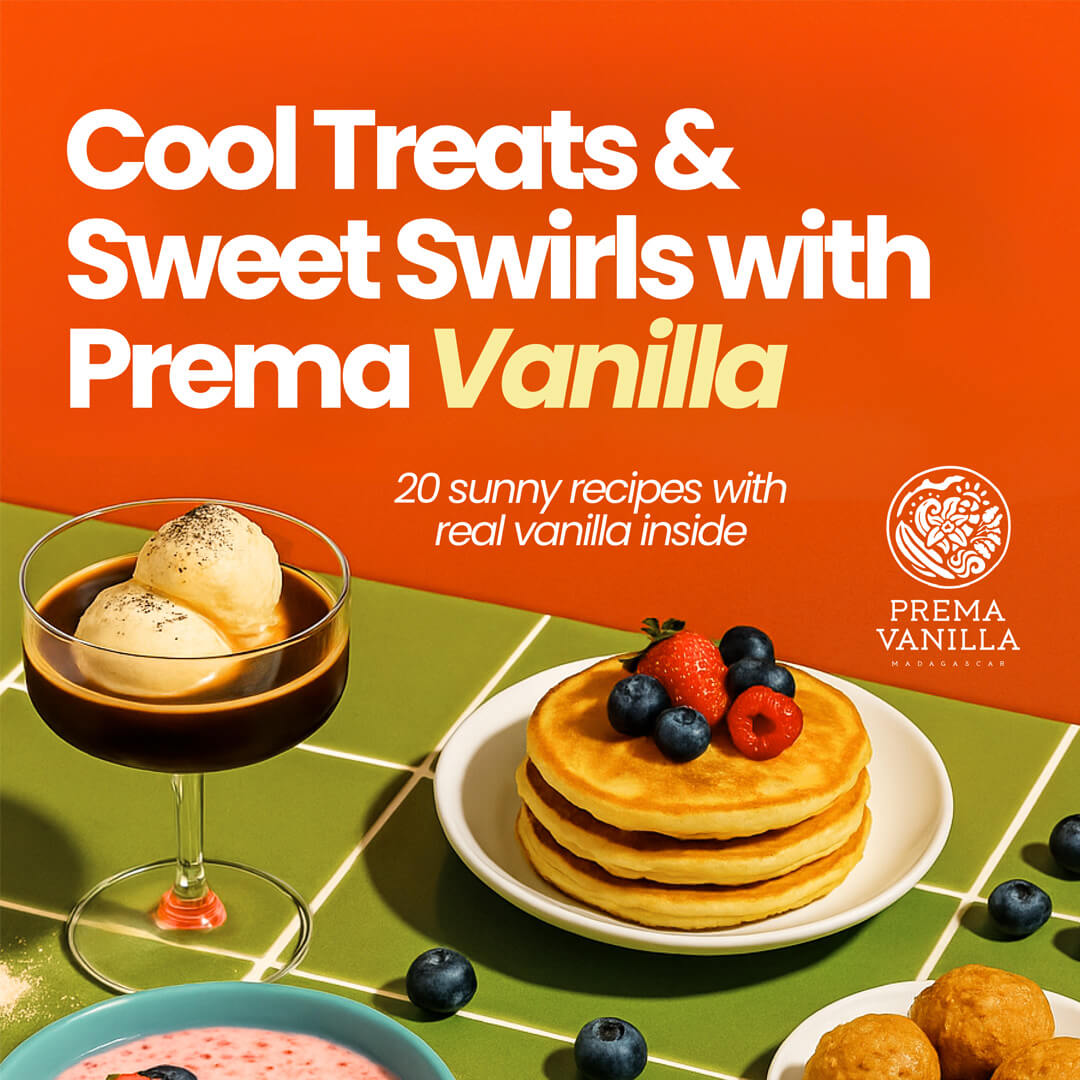Vanilla, known as the "black flower," was brought to Europe and the rest of the world in the 16th century after the Spanish Conquest. It began extensive cultivation in tropical regions like Réunion, Madagascar, India, and Polynesia, becoming a globally prized spice for its unique flavor and fragrance.
In the 1820s, intensive vanilla cultivation began on the French island of Réunion, leading to the introduction of "Bourbon vanilla" to Madagascar in the late 19th century. It thrived in the fertile SAVA region, where Malagasy farmers perfected hand-pollination techniques. Today, Madagascar produces 80% of the world’s vanilla, earning it the nickname "Vanilla Island".
Root System and Foliage
Vanilla vines have a shallow root system that spreads just below the surface and attaches to supports with aerial roots. They feature dark green leaves, about 5 inches long, arranged alternately along greenish stems with purple hues.
Flower Structure and Blooming
The flowers, initially greenish-yellow, turn yellow-brown and attract pollinators with a trilobed lip. Natural pollination is rare due to the flowers' brief 24-hour blooming period.
Pod Maturation
Fertilized flowers slowly develop into long green fruits, splitting open upon maturity to reveal tiny black seeds in a fragrant, sticky pulp.
Climate
Vanilla planifolia thrives in tropical climates, needing consistent warmth (around 77°F) and high humidity (70-80%). Annual rainfall (80-120 inches) is essential for hydration.
Soil
Vanilla requires loose, deep, well-drained soil rich in organic matter. Preparing such fertile ground is challenging.
Sunlight
A dense canopy provides speckled shade (50-70% sun filter), essential for development. Support trees recreate the rainforest understory, sheltering young vines.
Manual Pollination
Vanilla's complex blossoms require hand-pollination, performed each morning at dawn using a delicate stylus tip.
Pod Maturation
Successful pollination results in elongated green pods filled with tiny black seeds in fragrant pulp after 8-10 months, requiring careful monitoring for timely harvesting.
Curing & Conditioning
Post-harvest processes involve blanching and sun drying the pods to reduce moisture, allowing full flavor development. The conditions of this process impact the final aroma quality.
Aromatic Compounds
Vanilla planifolia contains over 250 aromatic molecules, creating an enchanting scent profile. Vanillin provides sweetness, while other compounds add acidity, spice, and fruity nuances, believed to have aphrodisiac and antidepressant properties.
Nutritional Benefits
Vanilla pods are rich in antioxidants like polyphenols and essential vitamins (A, B1, B2, B3), as well as amino acids. These components support metabolism and overall well-being, making vanilla a valuable ingredient in a balanced diet.
Culinary Applications
Vanilla is essential in many culinary creations, adding elegance and depth to desserts like creams, cakes, biscuits, and ice creams. It transforms ordinary dishes into gastronomic delights, appreciated in both home kitchens and Michelin-starred restaurants.
Consumer Products
Beyond culinary use, vanilla's fragrance is ubiquitous in consumer products like extracts, essential oils, cosmetics, household products, perfumes, and candles. This widespread use highlights vanilla's universal appeal and its ability to evoke comfort and sensory pleasure worldwide.







